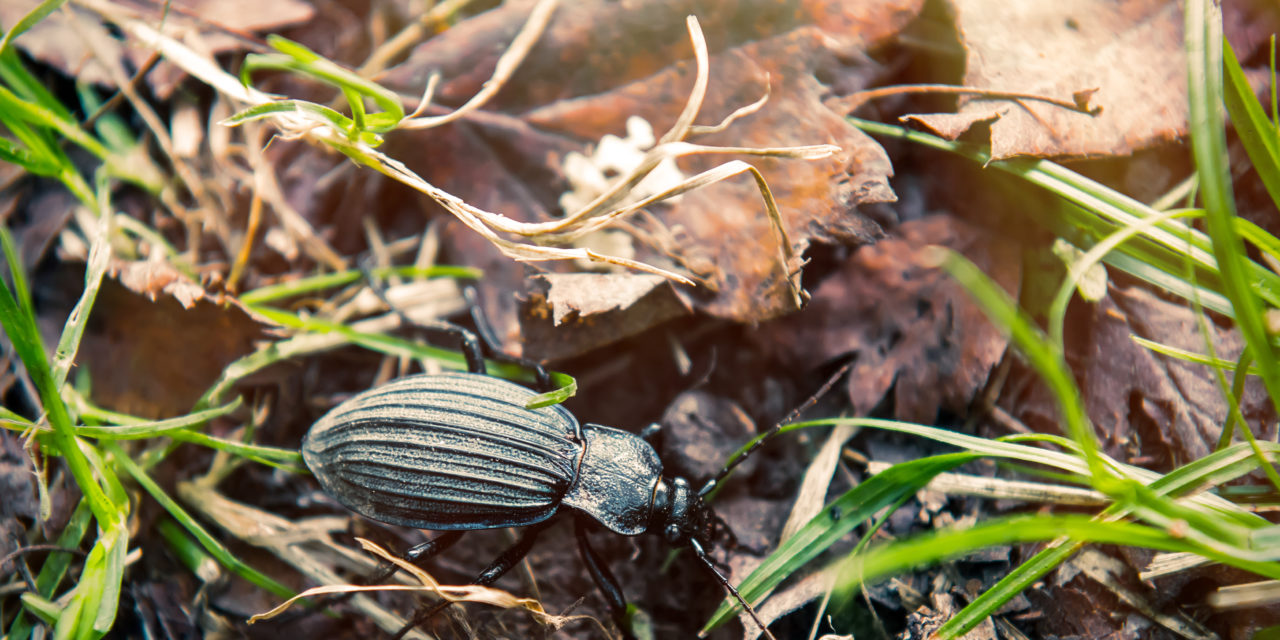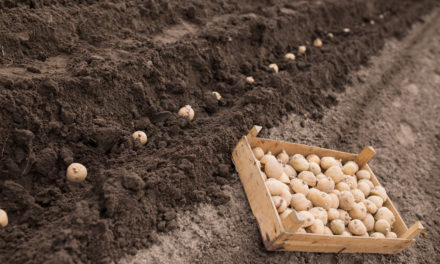Did you know that many insects are starting to show higher resistance to chemical pesticides?From 500 to 1000 insects and weed species have built up immunity to pesticides since 1945 according to the Pesticide Action Network. But there is nothing much an insect can do if it becomes prey to an all-natural live predator. That’s why attracting beneficial bugs to the garden may help keep insect populations in check. One of the fiercest of garden predators is the common black ground beetle (CBGBs). Their shy, nocturnal nature and their unremarkable appearance keep them out of sight and out of mind of most gardeners but they are a fantastic addition to the organic gardener’s team of good bugs.
One of the fiercest of garden predators is the common black ground beetle (CBGBs). Their shy, nocturnal nature and their unremarkable appearance keep them out of sight and out of mind of most gardeners but they are a fantastic addition to the organic gardener’s team of good bugs.
Generally, CBGBs tend to be from ½ to 1 inch long with flattened hard-shelled bodies. They possess a distinct head, thorax, and abdomen with multiple ridges. They use their long hind legs to scurry after prey. They don’t fly. They run, rather they sprint, to catch prey and escape their predators. They like to hunt in relatively sheltered areas under mulch or vegetation, only hesitantly moving into the canopy of flora and fauna to capture aphids, caterpillars, armyworms, grubs, slugs, snails and cabbage maggots. CBGBs also love to eat the eggs or larvae of ants, aphids, Colorado potato beetles, flea beetles, gypsy moths, nematodes, spider mites, and thrips. Before the garden pest can even hatch, this amazing beetle is demolishing prey babies. One beetle can eat more than 50 caterpillars.
Another incredible way to help protect your garden from pests organically is the action that happens when foliar predators, like parasitic wasps or praying mantises, are prowling the leaves on taller plants, many of these harmful pests, like aphids, drop to the ground, falling into the jaws of the CBGBs. Studies show that ground beetles, in tandem with their canopy-hunting co-harts, act hand in hand reducing pest number more together than either would do individually.

How do you attract both to your garden? Growing nectar-producing plants that attract the airborne hunters that drive prey to ground level will, in turn, bolster food resources for soil-dwelling predators like CBGBs. The beetles also need to escape from the heat of the day so make sure you have areas with loose organic mulch. Ground beetles are happiest in the shade of low-lying vegetation. Try planting perennials among garden plants for stable habitats or white clover as a groundcover. You can keep them busy in your garden by also planting camphorweed, evening primrose, pigweed or any other low-growing ground-hugging plant.
If I see one in my garden, it is usually trapped in a container. Please use caution when handling any CBGBs as some emit a caustic substance that burns on contact. So always wear those garden gloves when you handle them.
I hope you will consider using beneficial bugs as a new tool in your garden arsenal. If you have any questions, leave a comment, and I will be happy to respond.
Be blessed! Anne May






